Most Obedient Dog Breeds for Pet Owners
Obedient dogs make life easier, especially for anyone who doesn’t want to constantly repeat commands or clean up after ignored house rules. These breeds consistently show up on expert lists thanks to their intelligence, eagerness to learn, and willingness to cooperate. While every dog is unique, these 15 keep owners grinning instead of groaning.
Border Collie

Credit: Getty Images
Border Collies are top-tier when it comes to following instructions. They were originally bred to herd sheep, so they have an intense focus that’s hard to match. Their brains are always working, and if they’re not learning something new, they’ll find their own tasks.
Golden Retriever
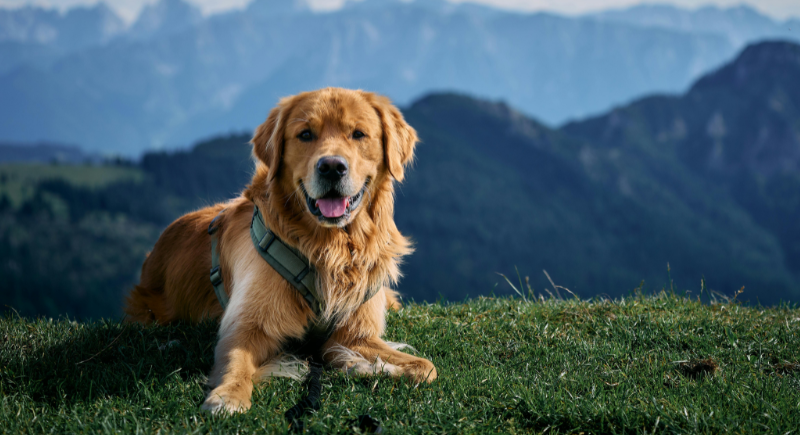
Credit: pexels
Golden Retrievers are famously cooperative, which is why you’ll find them guiding the blind, comforting hospital patients, or waiting patiently while a toddler climbs on them. Their motivation is to make their people happy, and once they grasp a task, they rarely forget it.
German Shepherd
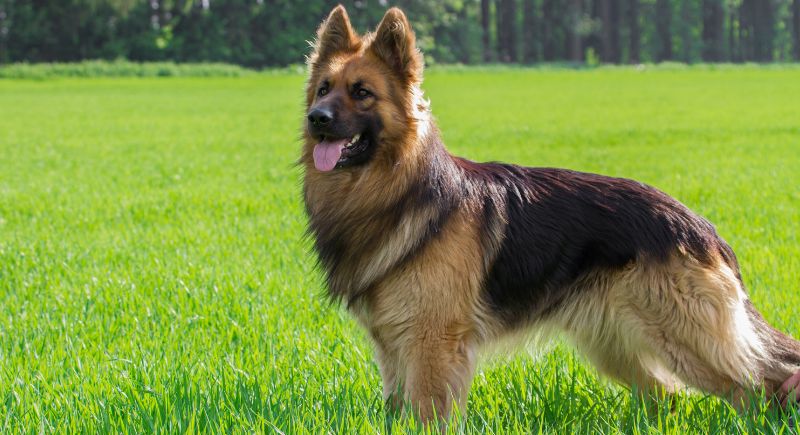
Credit: Canva
Investigation departments and service units don’t hand out badges to just any dog. German Shepherds earn their spot through consistency and mental sharpness. This breed is especially attuned to human emotion and body language, which makes them highly responsive to subtle cues.
Poodle
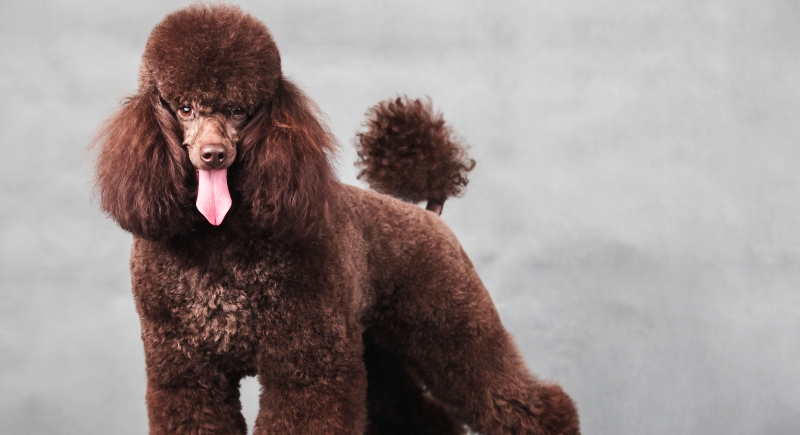
Credit: Getty Images
Poodles are a triple-threat: brainy, biddable, and adaptable. Despite their fancy haircut stereotype, they’re workhorses at heart. Standard Poodles, in particular, are often used in obedience trials and search-and-rescue operations. One common trainer trick is to teach them one complex trick, and they’ll pick up five more on their own.
Australian Shepherd

Credit: Getty Images
This breed has an innate need for mental stimulation. They are bred to herd and solve problems fast, which also means they don’t wait around for you to repeat instructions. They’re happiest when they’re mastering a new game. When left bored, they’ll invent a job, which might involve reorganizing your living room.
Labrador Retriever
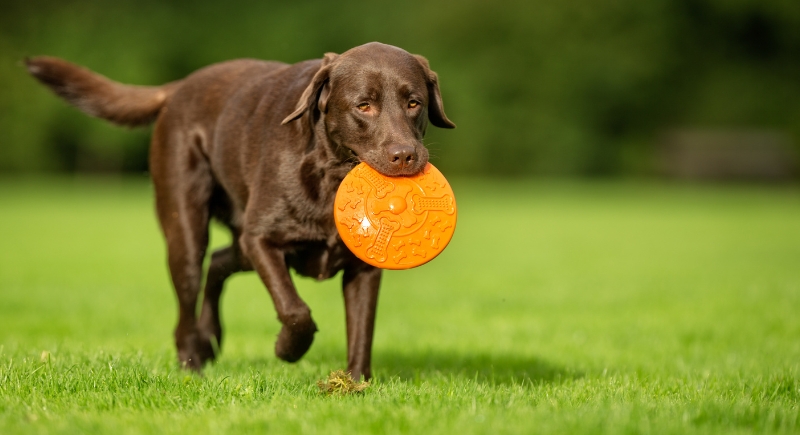
Credit: Getty Images
Labs are eager learners, especially when food is involved. They were initially bred to work alongside fishermen and have long been conditioned to follow directions under pressure. They also tend to adapt well to families, seniors, or first-time dog owners.
Doberman Pinscher
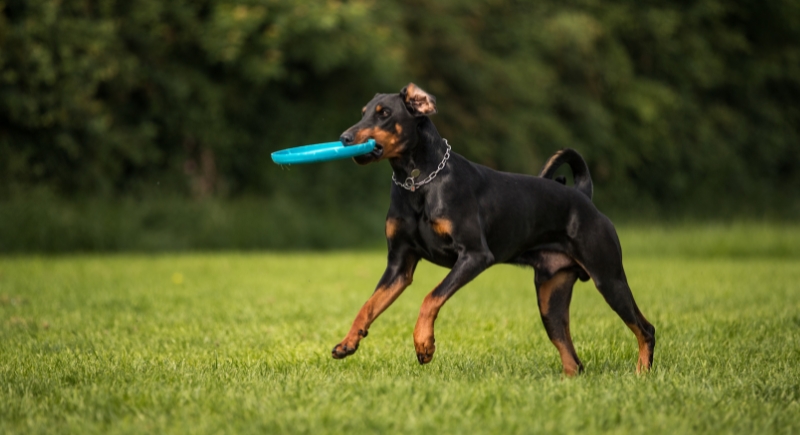
Credit: Getty Images
Dobermans are often perceived as intimidating, but seasoned trainers view them as eager and focused learners. When raised in structured, respectful environments, they thrive on clear expectations. Plus, they remember who taught them right.
English Springer Spaniel

Credit: Getty Images
Springer Spaniels were initially bred to assist hunters, and they still retain a strong sense of cooperation. They respond well to tone and body cues and often learn routines faster than expected. Experts highlight their ability to balance enthusiasm with discipline, particularly when training involves fun physical activities.
Rottweiler

Credit: pixabay
A well-socialized Rottweiler often surprises people with its obedience. They’re serious workers who respond to routine and structure. Early training is key, but once they’ve mastered the basics, they stick to them. Their loyalty pushes them to listen closely, and they often take commands as their personal responsibility.
Shetland Sheepdog
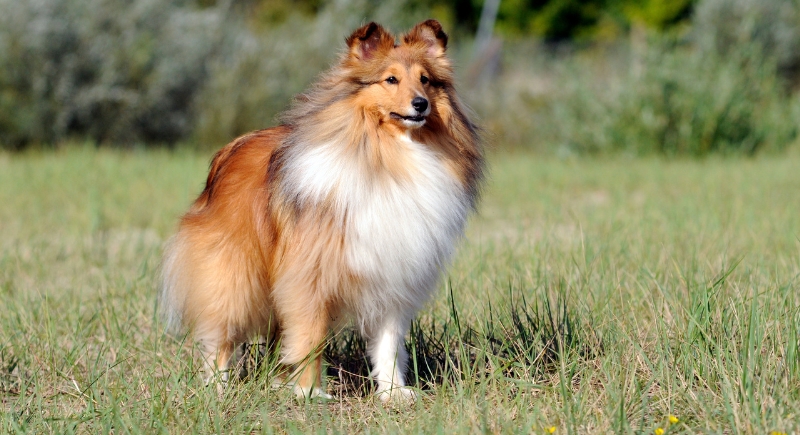
Credit: Getty Images
Shelties are quick-witted and perceptive, which helps them excel in environments where mental stimulation is an integral part of daily life. They’re often described as having “big opinions,” but with training, they redirect that energy into impressively sharp responsiveness.
Vizsla
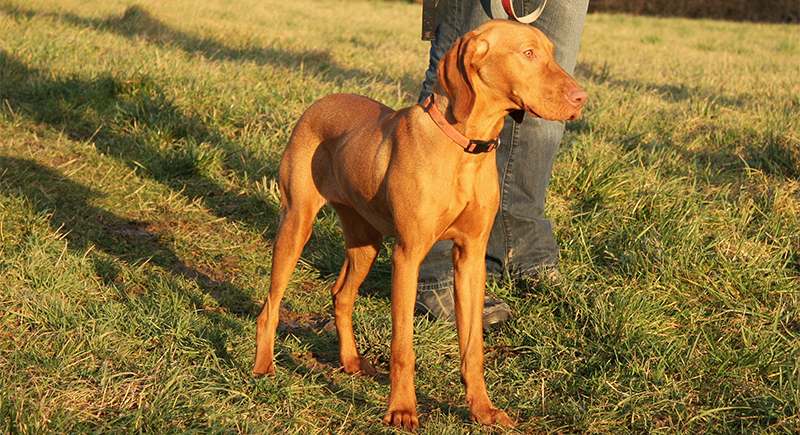
Credit: Wikimedia Commons
Vizslas form strong bonds with their humans and prefer to stay close. This loyalty carries into training sessions, where they remain attentive and engaged. Because of their stamina and athleticism, trainers often pair obedience with movement, like fetch with built-in commands.
Papillon
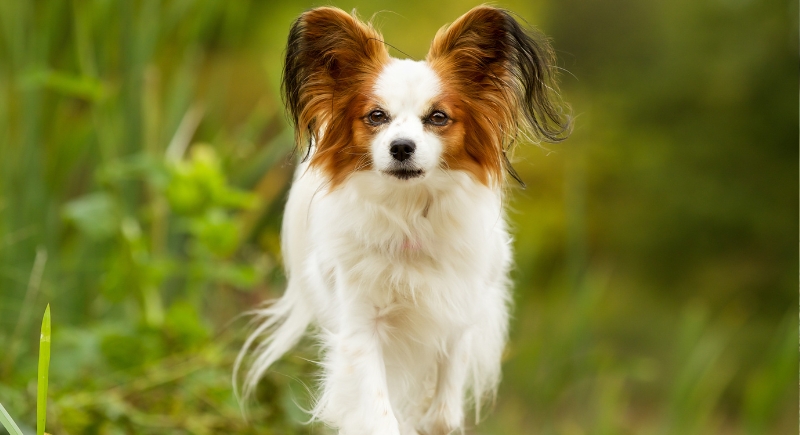
Credit: Getty Images
Don’t be fooled by the dainty frame and butterfly ears—Papillons have the brainpower of a much bigger dog. They’re regular winners in agility and obedience events and respond to training with almost enthusiasm. Their hearing is excellent, which makes them especially responsive to vocal cues.
Australian Cattle Dog
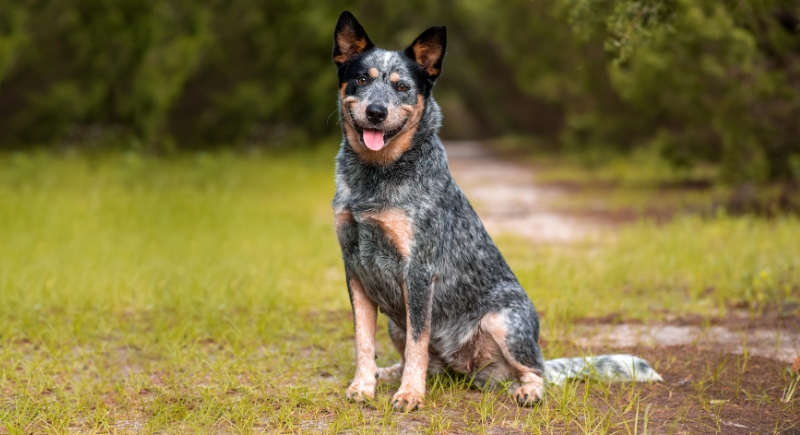
Credit: Getty Images
These dogs don’t need much convincing to get to work. They were bred to herd livestock, are highly alert, and take instructions seriously. They tend to be independent thinkers, so the trick is to keep training engaging. Structured play and puzzle toys help productively channel their mental energy.
Miniature Schnauzer
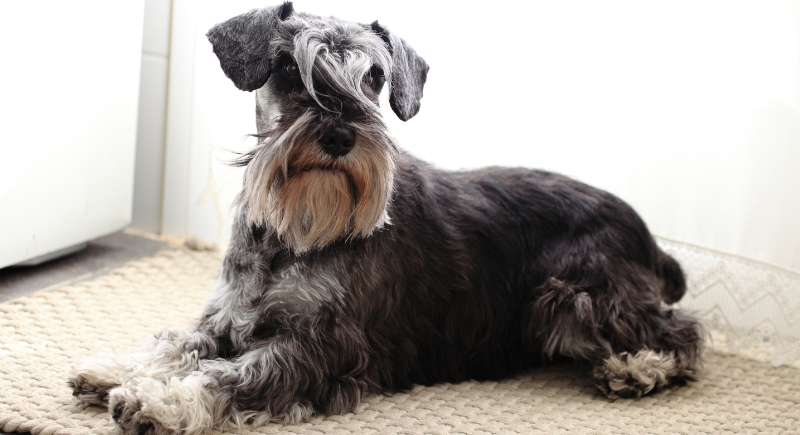
Credit: Getty Images
Schnauzers enjoy challenging situations, but they’re also loyal and driven by reward-based learning. They learn quickly once you earn their trust and benefit from variety in training. They respond best to routines that feel like fun, not drills.
Belgian Malinois
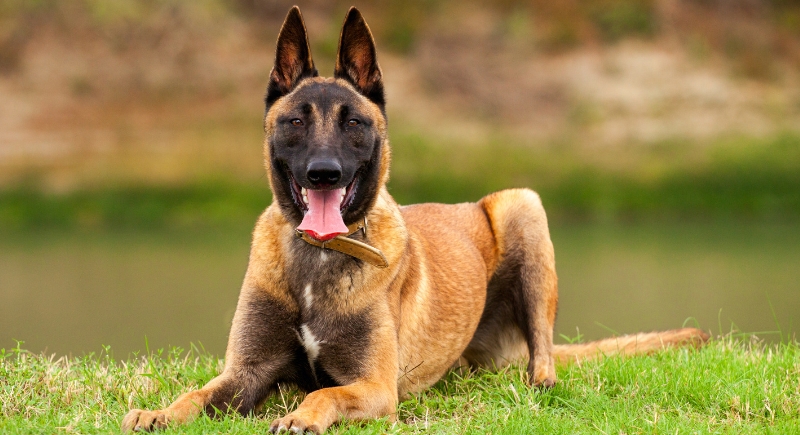
Credit: Canva
Though often confused with the German Shepherd, the Belgian Malinois brings even more intensity to obedience. They’re used in service roles because of their rapid response time and ability to focus under pressure. This isn’t a breed for passive owners—they want direction and thrive on structured routines.